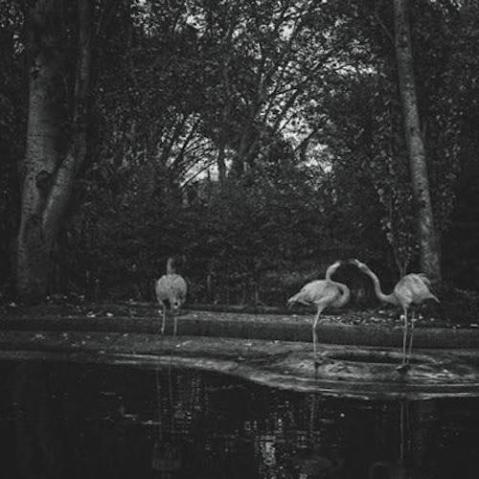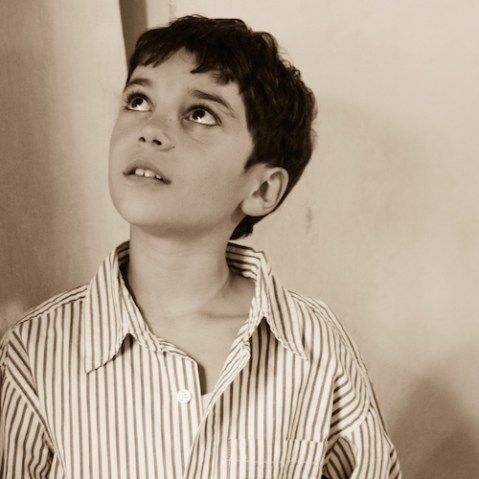Every photo is a balancing act

A fundamental part of composition, balance is arranging the elements of the frame such that tension is both created and resolved.

Balance is not about things being exactly the same in some scientific sense: that is veering into the idea of symmetry. You are not necessarily aiming for perfect and literal equality in every section of the frame; balance is much more suggestive than that, less exact and more implied.
One way of approaching balance is to find an image’s ‘visual centre of gravity’ and proceed to organise its compositional elements around that point. That visual centre can be a mass of colour, a high-contrast area, an arrangement of shapes with particular directions, the list goes on. What’s important is that you compose your images so that the eye wants to move
across all of the frame. Although it might be directed to the subject, no part of the image feels under-used or superfluous. Rather, everything is working in harmony to create a whole.
The vital element governing the sense of balance in an image is the interaction between the subject and the background. By creating a subtle tension between them, the scene will have a point of focus, a feeling of movement, and a sense of direction. Even if the subject comprises only a small portion of the overall image, by ensuring that there’s a strong relationship between it and the background, the subject won’t look overwhelmed and the composition won’t be lopsided.

In a portrait, if you choose a placement that puts the model far over to one side of the image and leaves the other side a blur of background, it could be easy for that photograph to become horribly unbalanced. The portrait can still work, however, if the model’s eye-line or positioning directs you across the empty portion of the frame. The gaze or orientation creates a tension, which in turn creates a feeling of balance. Similarly, by not having such a blurred background and leaving some object to complement the model in the emptier side, the image will balance out.
If you’re photographing in strong light, try using a shadow to give balance to the composition. A shadow that falls so that it replicates the shape of the subject can add an interesting dimension to your image. Alternately, shadows can be used to elongate or widen the subject, drawing the eye down or across the frame.
Don’t feel as if you must balance your images only between left and right or horizontal and vertical. We’ve looked at how diagonal lines provide a strong sense of movement in a composition, and balance works just as effectively on a diagonal, too.

Balance can come in many different forms in an image. You might want to counterpoint contrasting colours, or position your skyline high up in the frame so that it feels as if it’s cascading downward, for example. By being certain of the story that you’re trying to tell, thinking carefully about your subject placement, and having a feel for movement and direction, you’ll be able to find the right elements to create balanced and satisfying images.




